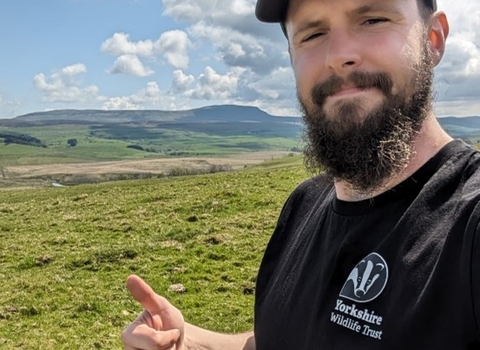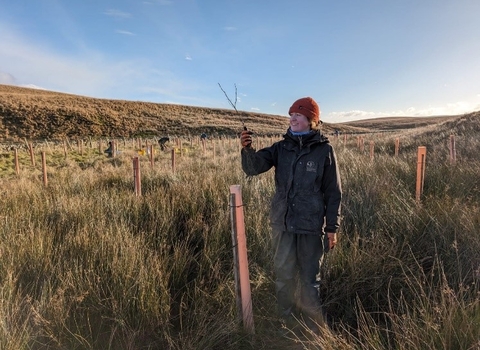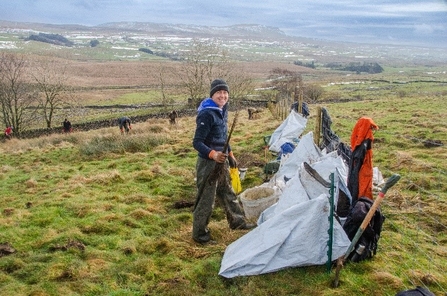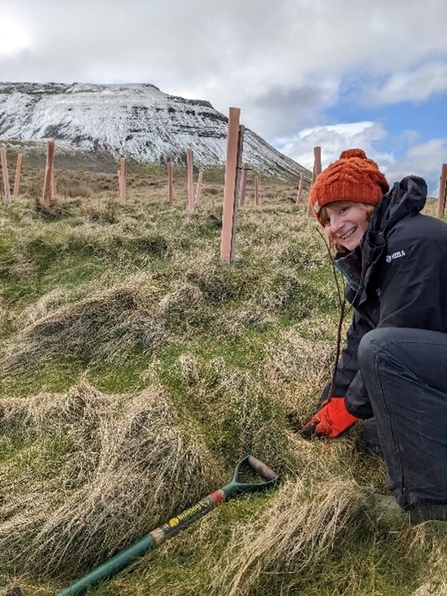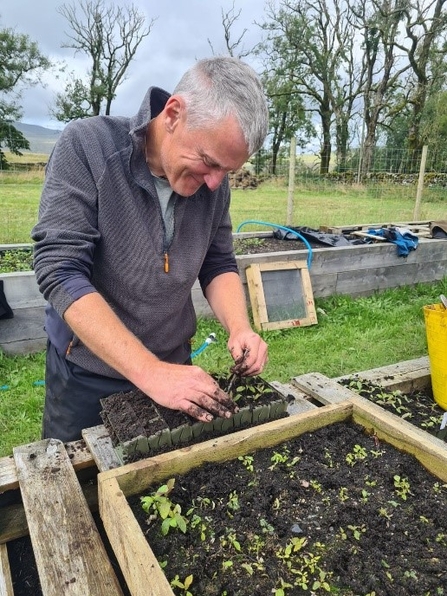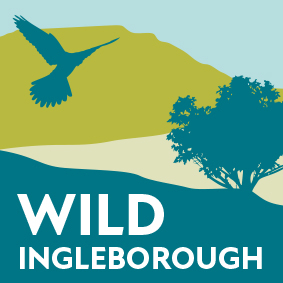Wild Ingleborough Project Assistants
The project assistant’s role is very practical and involves working out on the Wild Ingleborough landscape in all weather conditions.
No two days are ever the same in this role and a variety of tasks present themselves throughout the year as the seasons change.
Meet Dwayne Martindale and Jo Carr. During the winter months, they lead groups of volunteers up the slopes and gills of Ingleborough to plant native trees and establish areas of woodland and scrub cover.
A landscape scale project of this size contains many land boundaries including fences and walls. The project assistants help to maintain these boundary features to protect the Wild Ingleborough area from neighbouring livestock and preserve the heritage value of the dry-stone walls, upskilling volunteers in the traditional craft of dry-stone walling.
Dwayne and Jo are utilised throughout the project team and assist with community engagement events, research and monitoring of nature recovery, in addition to reserve maintenance and various methods of habitat creation.


